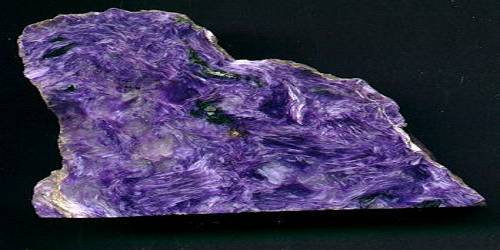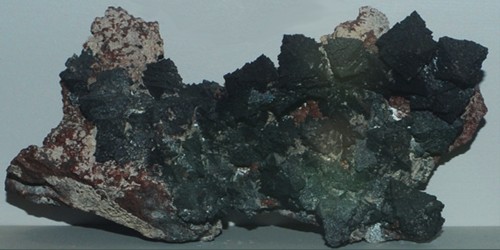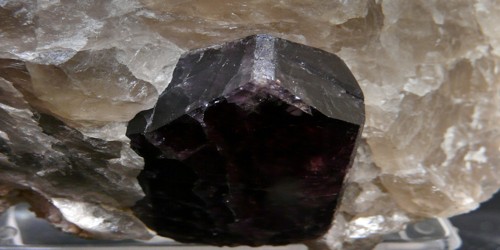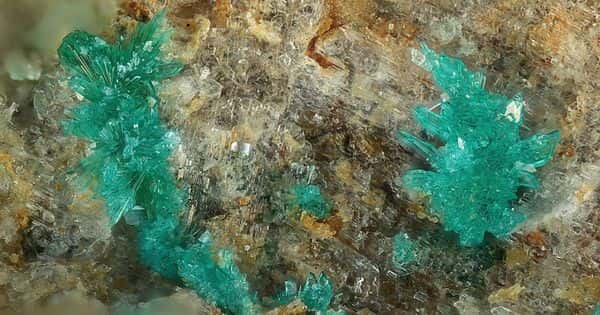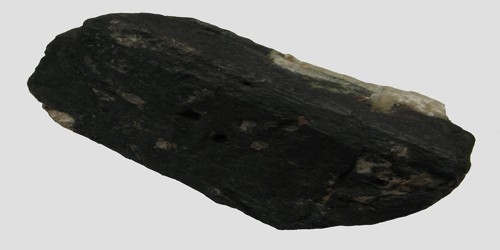Charoite [K(Ca, Na)2Si4O10(OH, F)·H2O] is a rare silicate mineral, first described in 1978 and named for the Chara River. It is a stone of manifestation, said to be able to fulfill dreams and what some even describe as a magical stone. It has been reported only from the Sakha Republic, Siberia, Russia. It is found where a syenite of the Murunskii Massif has intruded into and altered limestone deposits producing a potassium feldspar metasomatite. It also called lilac stone and Charoite Jade was first discovered in the Sakha Republic, Russia, along the Chara River in the 1940s.
Charoite is translucent lavender to purple in color with a pearly luster. Charoite is strictly massive in nature, and fractures are conchoidal. It has an unusual swirling, fibrous appearance, sometimes chatoyant, and that, along with its intense color, can lead many to believe at first that it is synthetic or enhanced artificially.
General Information:
- Category: Silicate mineral
- Formula: [K(Ca, Na)2Si4O10(OH, F)·H2O]
- Crystal system: Monoclinic
- Crystal class: Prismatic (2/m) (same H-M symbol)

Properties
- Color: Violet, lilac, light brown
- Crystal habit: Fibrous, massive
- Cleavage: Good in three directions
- Fracture: Conchoidal
- Mohs scale hardness: 5 – 6
- Luster: Vitreous to pearly
- Streak: White
- Diaphaneity: Translucent
- Specific gravity: 2.54 – 2.58
Occurrence
Though reportedly discovered in the 1940s, it was not known to most of the world until its description in 1978. It is said to be opaque and unattractive when found in the field; a fact that may have contributed to its late recognition.
Charoite occurs in association with tinaksite and canasite.
Charoite is known as a soul stone that can provide strong physical and emotional healing energies. It’s a powerful spiritual stone that will remind you to live in the now.
Information Source:
